News & Articles
Browse all content by date.
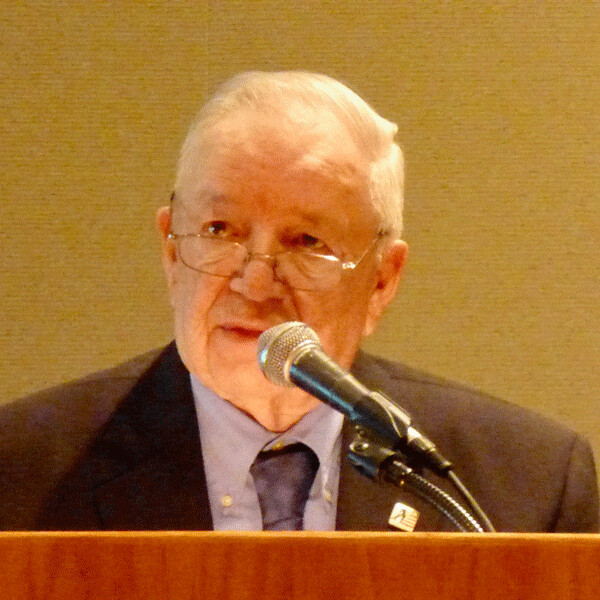
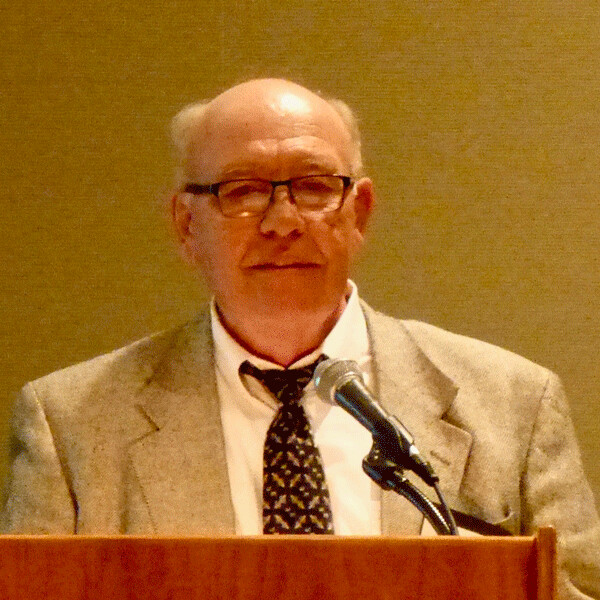
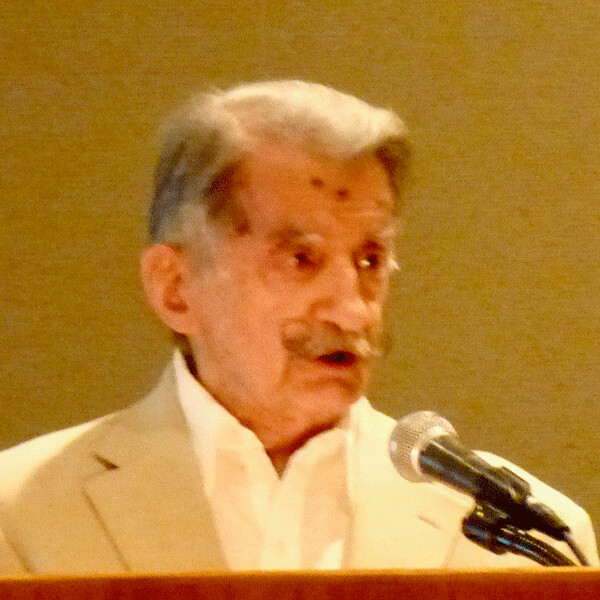
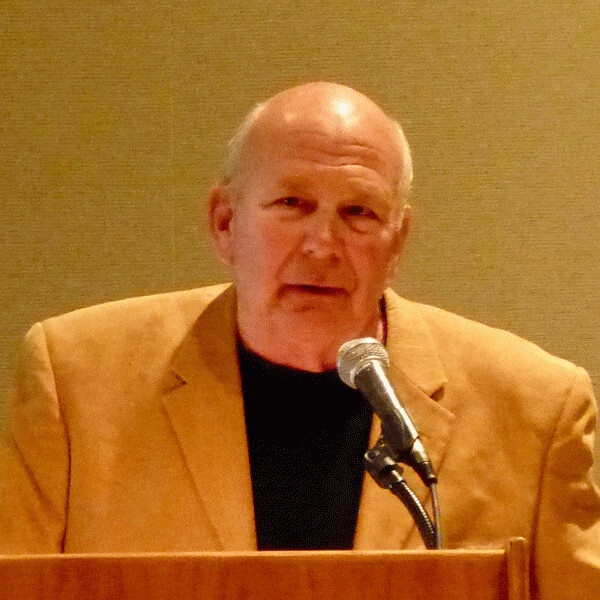
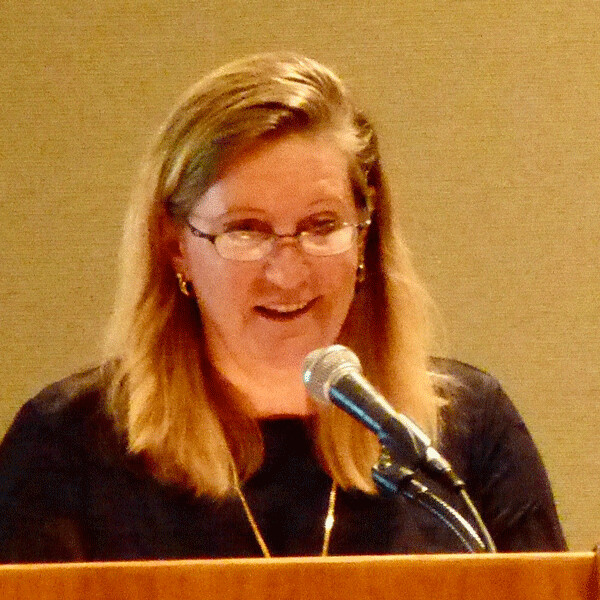
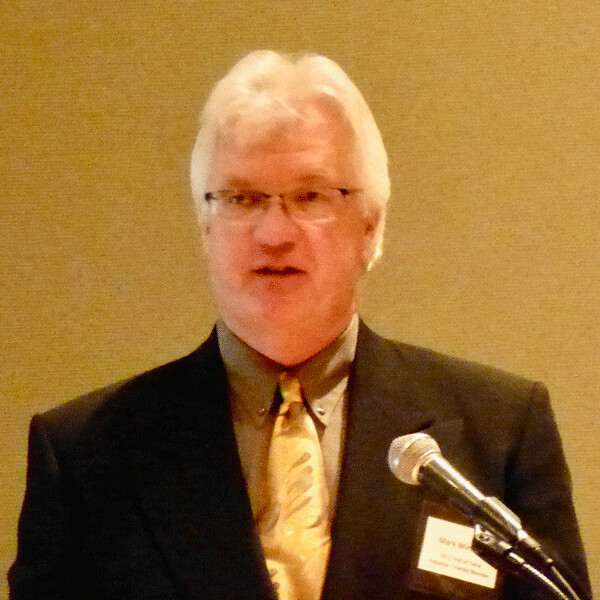
When we arrived at the DECC for last week’s 27th Athletic Hall of Fame, I knew it would be a treat, because the six inductees this year included some true legends of sports. It was an honor to be on the selection committee, and my wife Joan enjoyed it all too, because she’s witnessed virtually all the sports I’ve seen over the years.
One of the first people I saw was Willard Ikola, who looks great, even though he is less recognizable without his hound’s-tooth hat. I pointed him out to Evie Christiansen, Huffer’s wife, and she said she always wanted to meet him, so I said I’d be glad to introduce her to the former Edina coaching icon. Evie said Huffer always talked about him being from Eveleth and admiring I’m so much as he was winning over 600 games as Edina coach.
When I introduced her, Ike was genuinely happy to renew acquaintances with me, because I had written many volumes of copy at the Minneapolis Tribune about his teams, which won eight state tournament championships.
“I remember this guy,” Ike said, gesturing toward me, and he explained how people didn’t do a very thorough job of covering hockey until I showed up down there. That alone made my night. But Ike went on to explain what he meant.
“Back then, in the ’60s and early ’70s, we never played Hill-Murray because they were in the parochial tournament,” Ikola said. “So I called Andre Beaulieu, who was coaching them, and we arranged to scrimmage a few times. A lot of people were trying to rank the teams around the state, but they always had some reason for what they picked.
“Then you came along and when we scrimmaged Hill-Murray something like six times, you were at every one of the scrimmages. And then you did your ranking, and you included both the public and parochial school teams, and you ranked us first and Hill-Murray second. You explained that it was close, but you had watched all our scrimmages, and we had scored 27 goals and Hill-Murray had scored 26, so that was why you put us ahead of them.”
You want to talk about a vivid memory? Ike has it. He recalled that former UMD star Dave Langevin, who went on to win a half-dozen Stanley Cups with the New York Islanders, was on that Hill-Murray team, and I was able to add an interesting tidbit for him. That Hill-Murray team, which was victimized year after year by Duluth Cathedral in the state independent tournament finals, had Langevin on defense — but he never started a game for the Pioneers!
Hard to believe, but in this era of great skill development and depth, no team has ever had a better defensive corps than those Hill-Murray teams of Beaulieu’s. Langevin played with Les Larson as his partner, and Larson went off to Notre Dame before coming home to ultimately coach at Breck. The other tandem was a fellow named Bob Young and a giant named Dick Spannbauer — who went on to win the first NCAA championship for the Gophers under Herb Brooks. His partner, Young, was so good that Denver University coach Murray Armstrong, who had a pipeline to players throughout Alberta, recruited him. Minnesota didn’t play Denver back then, so Minnesota fans who didn’t see Young in the independent tournament might have never seen him play.
But Young and Spannbauer were so dominant as a tandem, that the very good tandem of Larson and future U.S. Hockey Hall of Fame member Langevin never started a high school game.
There were a lot of great tales to be told by the new Hall of Fame inductees, who included Mark Sertich, the 97-year-old wonder who still plays hockey at Essentia Heritage Center three times a week, although you’ve got to get there early in the morning for their 8 a.m. ice time. The late William Wirtanen, administrator at Gilbert High School and Mesabi Range Community College, and a member of the USA college Athletic Hall of Fame, and on the USA Wrestling and USA Basketball boards of directors, and is in the Minnesota Community College Athletic Hall of Fame, was inducted and his son, Mark Wirtanen, accepted on his behalf.
Lori Ogren, from Port Wing, Wis., High School, lettered three time in volleyball, softball and basketball at UMD, and participated in Team Handball at the 1992 Summer Olympics, and got to see the world through her athletic participation, now comes home to be in the DECC Hall of Fame.
The first inductee was Bob Davidson, a Duluth East graduate who played outfield at UMD back in 1970, and, after realizing he might not have a future in pro baseball, turned to umpiring. He went on to umpire up through the minor leagues for 10 years until he reached Major League Baseball, where he umpired for 20 more years — 3,911 games — before retiring in 2016.
When Davidson was first introduced, to polite applause, he halted the reception and asked if the audience could start over, and shower him with every boo and catcall they could think of, just so he’d feel at home. He was very gracious, and colorful, and he concluded by saying “Thank you for the honor; Duluth is my home.”
Younger fans are well aware of the dominance Ikola’s teams had at Edina, but they may be unaware that when he was finishing up in the Air Force — after a stellar career tending goal through four years at Eveleth High School, the last three of them on undefeated state championship teams, and at the University of Michigan where he won two NCAA titles tending goal for the Wolverines of Vic Heyliger — John Mariucci set him up with the job at Edina. Ken Yackel was coaching there, but signed a pro contract with the Boston Bruins and left abruptly. Edina officials called Mariucci, who contacted Ike.
“They wanted me on a trial basis to be a substitute teacher and hockey coach,” Ikola recalled. “I agreed, because I always wanted to coach, but I had to ask them, ‘Where is Edina?’ I thought it was someplace in St. Paul.”
The sixth inductee was also a hockey guy. Tom Kurvers, former Bloomington Jefferson defenseman who was recruited to UMD by Gus Hendrickson, developed into a superstar defenseman who led UMD to its first WCHA title and won the Hobby Baker Award in 1984. The Bulldogs had what may have been their strongest team in the history of the program in 1983-84, and when the NCAA Frozen Four convened in Lake Placid, at the same Olympic rink where the U.S. had defeated the Soviet Union and won the Gold Medal four years earlier, the Bulldogs suffered the stunning reversal when Bowling Green scored with a minute remaining to tie the game, then beat UMD in a four-overtime marathon.
Mike Sertich, who coached those UMD teams, accepted for Kurvers, who was unable to attend. He is fighting — successfully so far — against a small-cell lung cancer that has spread to his sternum and lymph nodes. Diagnosed only in January, after leaving a position as assistant general manager of the Tampa Bay Lightning to join the front office of the Minnesota Wild, Kurvers said he has found successful treatment to try to contain the cancer. His mom died of cancer, and his dad is now living in Arizona, and Kurvers, who also is general manger o the Wild’s Iowa Wild farm team, flew out to Arizona to visit his dad, which is why he couldn’t attend the DECC function.
In his absence, Sertich read a note Kurvers had sent for him to read, and he and I discussed the teams Sertich coached that first put UMD up among the college hockey elite. He attributes a lot of his success to Hendrickson, his predecessor and the man he assisted at Grand Rapids High School before the two came togerther to rearrange the entire culture of the UMD program.
Sertich has nothing but praise for the current Bulldogs, who have won two straight NCAA titles, and many observers might rank the 2018-19 current champions as the best UMD team ever. But consider the 1983-84 team. Rick Kosti in goal was a brilliant, quick netminder who compares in achievement with current star Hunter Shepard.
Up front, UMD had a top line with Matt Christensen centering Bill Watson — who would become Hobey Baker one year later — and Tom Herzig. Brian Johnson centered Bob Lakso and captain Mark Odnokon on a second line, and Dave Cowan-Marjk Baron-Skeeter Moore comprised the always hustling third unit, with Jim Toninato centering Sean Toomey and Dan May on the fourth.
But it is on defense, where the current title-bound Bulldogs excel, that the 83-84 team also was dazzling. Kurvers, who went on to play 11 years in the NHL, and was considered a cinch to win the Hobby by those on the scene back then, partnered with Norm Maciver, another future NHLer who is now assistant GM with the Chicago Blackhawks, while Jimmy Johnson, Guy Gosselin, Billy Grillo and Jim Springier were the other defensemen.
“I guess you forget that we had five defensemen on that team who went on to play in the NHL,” Sertich said.
The impact and magnitude of those UMD teams in 1984 and 1985 turned Duluth into a rousing cheering gallery for college hockey. UMD won its first WCHA title in 1984, by side points over North Dakota, and while Kurvers and Watson made first team all-WCHA, Christenson, Lakso and Herzig were the second-team line and Kosti was second-team goalie behind Fighting Sioux ace Jon Casey. Sertich was coach of the year for the second year in a row, while Watson was league scoring champion, Kurvers was league MVP, Kosti was freshman of the year and leading statistical goalie. The next year, UMD won the WCHA title again, and the awards kept coming.
Until then, hockey fans in Duluth had enjoyed the fact that UMD had risen to Division One, but only when those teams made it to the Frozen Four did fans dare to wish and realize that they might someday win it all. u
| Tweet |


